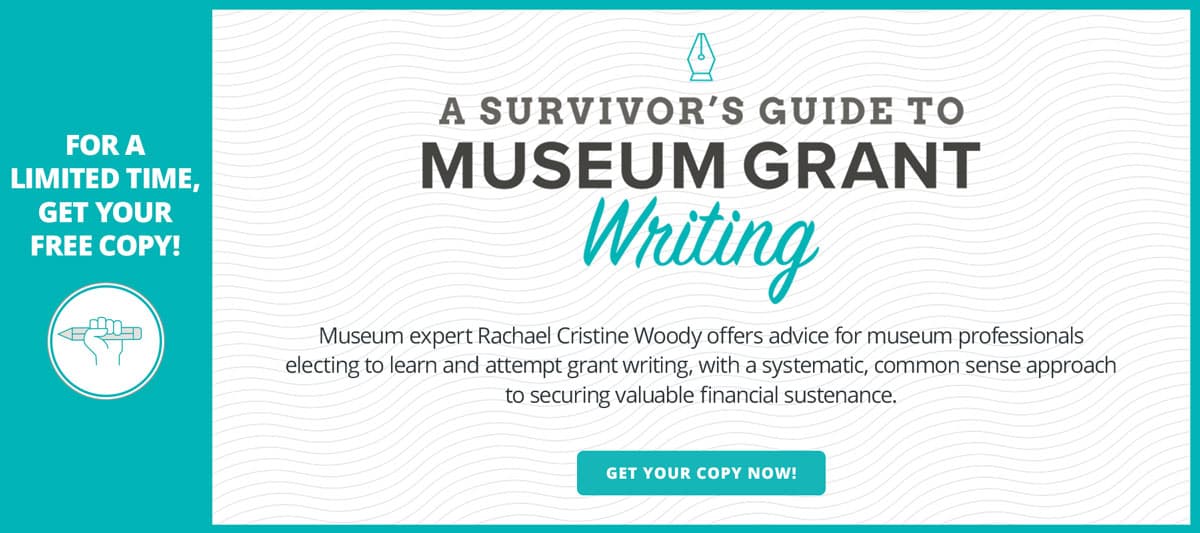What to Do When It’s Your First Museum Digitization Project

Rachael Cristine Woody
If you’re new to museum digital projects it can be overwhelming to think through what’s required for success. For a review of what elements make up a successful digital program please see Lucidea’s post Building a Comprehensive Museum Digital Program. Begin with evaluating the digital program in place to make sure that all required and recommended (if applicable) elements are in place.
Once you’ve done that, it’s time to consider the elements that make up a successful digital project. Next, review the project scope and desired outcomes in order to help you determine the hardware, software, and project components needed for a successful digitization project.
Determine the Hardware Needed
Review the project scope to determine what object types will be digitized and therefore what digitization equipment will be needed. There are several equipment and technique options to choose from:
- Digital cameras
- Over-head or flat-bed scanners
- A Photogrammetry technique or LIDAR scanner
- Computers for image processing and cataloging
Determine the Software Needed
Each digitization method will dictate which digitization software you need. In addition, it’s likely the digitization project will also involve the museum’s Collections Management System (CMS). Here are software items to consider:
- Imaging software for image capture and management
- Collections Management System (CMS) for cataloging the digital surrogate and object information
- Digital Asset Management System (DAMS) if the CMS doesn’t provide asset management features
Select Project Components
Next is the project component selection. For a full analysis of project components and how to construct a project time estimate please see Lucidea’s post How to Construct a Digitization Equation [to be published on 6/5/19]. Museum digitization work is a multi-part process that involves:
- Preparation (for the object, such as cleaning or restoration)
- Digitize the object
- File management (file naming and surrogate master and work file creation)
- Research the object for description creation
- Catalog the object with consistent metadata and descriptive standards usage
- Review and publish the digital surrogate with related catalog record online
It’s likely that you will need to include all of the above project components as part of your digital project.
Does the timeline work?
Now that you know what hardware, software, and project elements are needed for the project you can begin to project plan. Begin with writing out the project outcomes and work backwards to determine what items need to be completed and when. Are the outcomes achievable given your project timeframe or do they need to be adjusted? Make sure to budget in time for project set up and troubleshooting as there will be project delays that occur. But don’t worry, this is a natural part of project work!
Do you have the knowledge and skills required?
The next item to review is the personnel involved and whether you have the necessary knowledge and skill sets in place to conduct the project. Performing this gap analysis up front will help you identify any knowledge or skill deficits that can be addressed before the project begins.
Can you achieve a good work balance?
This is perhaps the toughest question of all. As museum professionals I think it’s safe to say we are all overworked. If digitization projects aren’t built into the day-to-day operations with dedicated staff (which is rare) they can take up a significant amount of staff time and attention. This is especially true if the project is part of a grant or otherwise special project that is done in addition to normal museum operations. This also means there is extra pressure to conduct the project on time and on budget. While this is stressful, planning and preparation from the beginning are key to a successful digitization project. And remember, if any of the above elements are out of balance or unachievable then it is within your power to communicate this issue to stakeholders and adapt the plan so that you can be successful.

Rachael Cristine Woody
As a consultant, Rachael Cristine Woody advises on museum grant writing strategies and collections management for a wide variety of clients. Read more of Rachael’s posts on museum strategies for success. Learn about Lucidea’s Argus solution for museum collections management and digitization.
Similar Posts
Museum Collections Online with Accessibility Principle 2: Operable
Compliance with WCAG Version 2.1 Principle 2: Operable
Museum Collections Online with Accessibility Principle 1: Perceivable
Compliance with WCAG Version 2.1 Principle 1: Perceivable, affecting information published from museum CMS to an online portal; expert guidance
Accessibility Standards for Museum Collections Online
A museum’s compliance with the ADA Title II 2024 update has benefits for its online content and for the museum’s community of users.
Museum TrendsWatch 2024: Digital Twins and Doom Loops & Combatting the Loneliness Crisis
Digital Twins is the construction of a digital surrogate for a person, place, or thing—one of several new concepts and trends in the museum sector.





Leave a Comment
Comments are reviewed and must adhere to our comments policy.
0 Comments